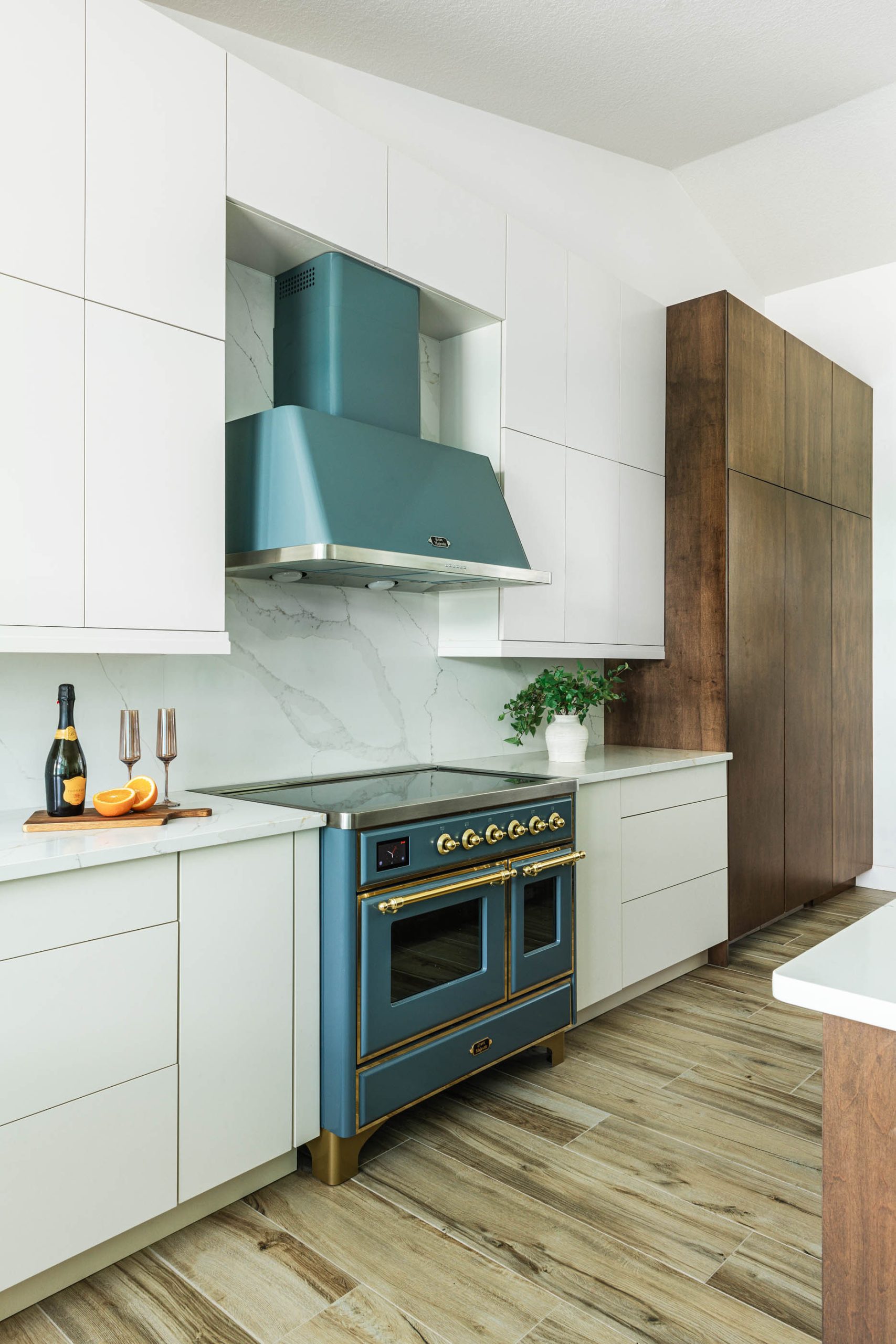When kitchen or bathroom remodeling comes into mind, selecting your cabinetry is a pivotal decision. While aesthetics are a major consideration, the underlying construction style of your cabinets matters too. When remodeling, the choice between framed or frameless cabinets will define your kitchen or bathroom’s style and function. Which will you choose?
Will you embrace the enduring charm of framed cabinetry, or opt for the sleek minimalism of frameless cabinets? This article delves into the intricacies of both options, empowering you to make an informed choice.
Framed Cabinetry
Framed cabinets feature a solid wood face frame (typically 1 ½ inches wide) that’s attached to the front of the cabinet box. This type of frame not only provides structural support but it also serves as the attachment point for doors and hinges.
Pros
- Stylish Versatility
Framed cabinets offer a broader spectrum of design possibilities. The face frame acts as a foundation for a wider variety of door styles.
You can create a classic vibe with raised panel doors, introduce elegance with beaded styles, or even achieve a modern aesthetic with flat-panel looks.
This adaptability allows you to seamlessly integrate your cabinets with traditional, transitional, or even some modern kitchen designs.
- Installation Advantages
Due to the inherent rigidity of the face frame, framed cabinets are generally more forgiving during installation. Any minor discrepancies during cabinet placement become less noticeable because the face frame conceals them.
This can be a significant benefit for DIY enthusiasts or those working with less experienced installers.
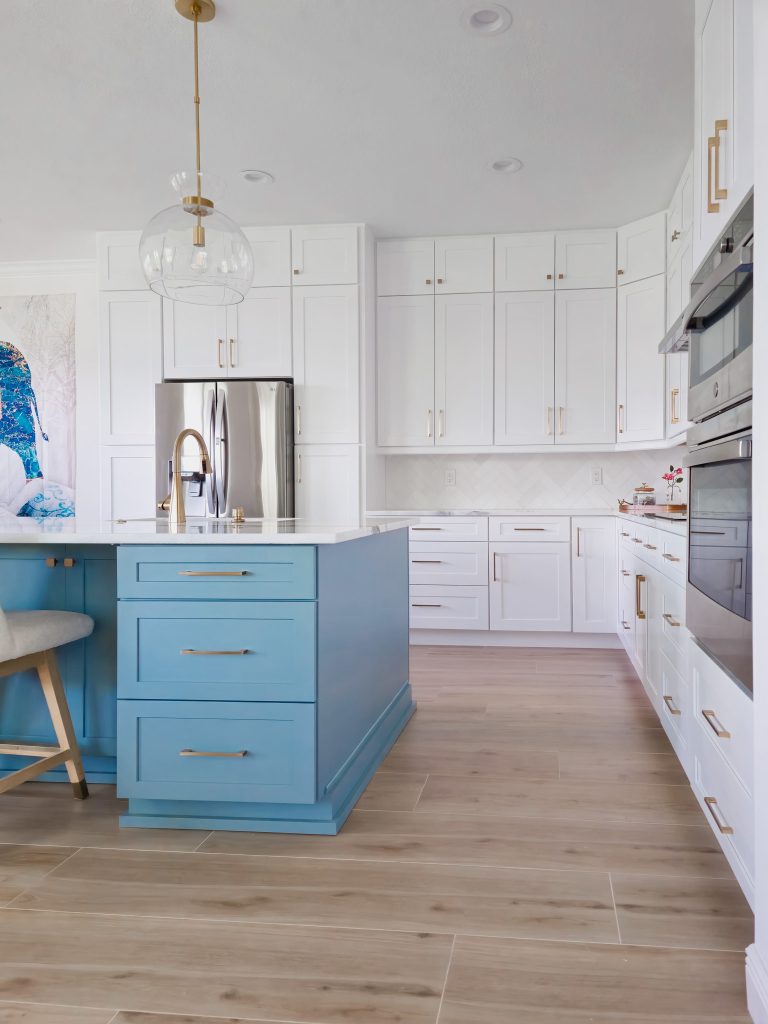
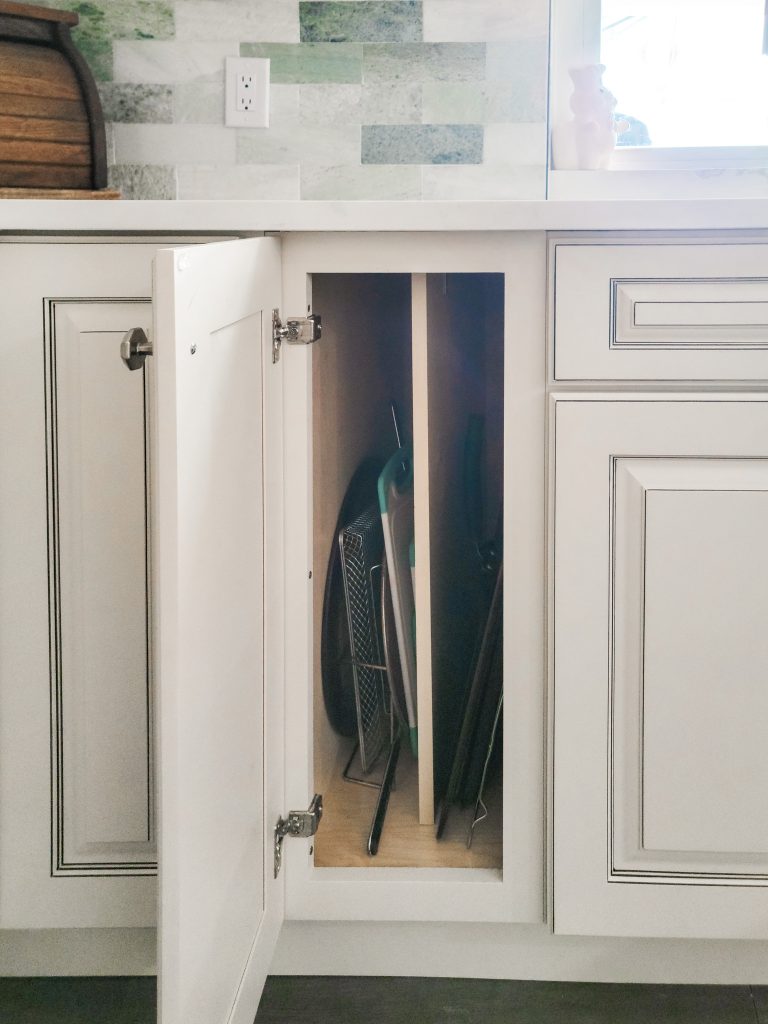
Cons
- Slightly Reduced Storage Capacity
While the face frame offers aesthetic appeal and structural support, it does consume a small amount of usable cabinet space. This might be a minor concern in expansive kitchens, but in smaller spaces, every inch counts.
The typical 1 ½ inch face frame subtracts an inch and a half from both the width and depth of the cabinet’s usable interior.
- Hinged Door Limitations
Framed cabinets typically work best with overlay doors. Overlay doors partially cover the face frame, creating a layered effect.
This is a classic look that complements various design styles. However, framed cabinets aren’t readily compatible with inset doors, where the door sits flush within the face frame. While some specialized inset options exist for framed cabinets, they are less common and might require additional customization.
Frameless Cabinetry
Frameless cabinets, also known as European-style or full-access cabinets, rely on thicker cabinet boxes (¾ inch) for structural strength. Doors are attached directly to the cabinet sides with specialized concealed hinges.
Pros
- Maximized Storage
Frameless cabinets eliminate the face frame, freeing up valuable interior space. This translates to wider drawers that can accommodate more utensils or larger cookware.
Additionally, the full cabinet depth becomes accessible, maximizing storage capacity, especially advantageous in smaller kitchens where every inch is precious.
- Sleek Design
Frameless cabinets boast clean lines and a minimalist aesthetic. The doors directly overlay the cabinet box, creating a seamless, uncluttered look.
This is a hallmark of modern and contemporary kitchen design, where clean lines and an emphasis on functionality reign supreme.
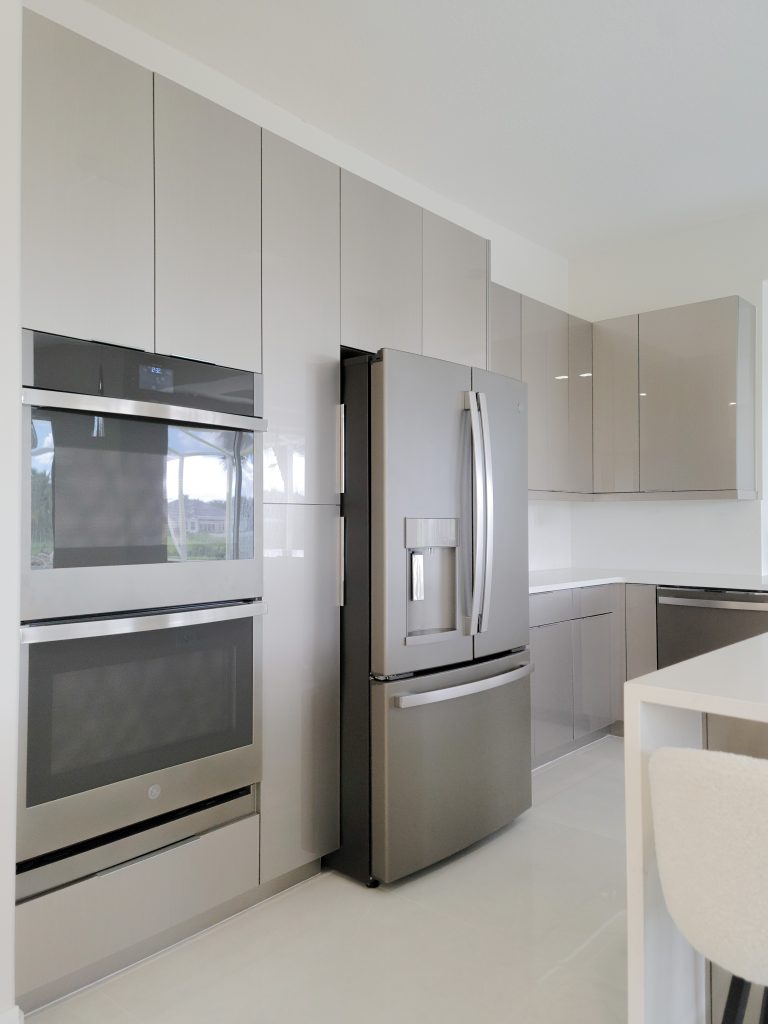
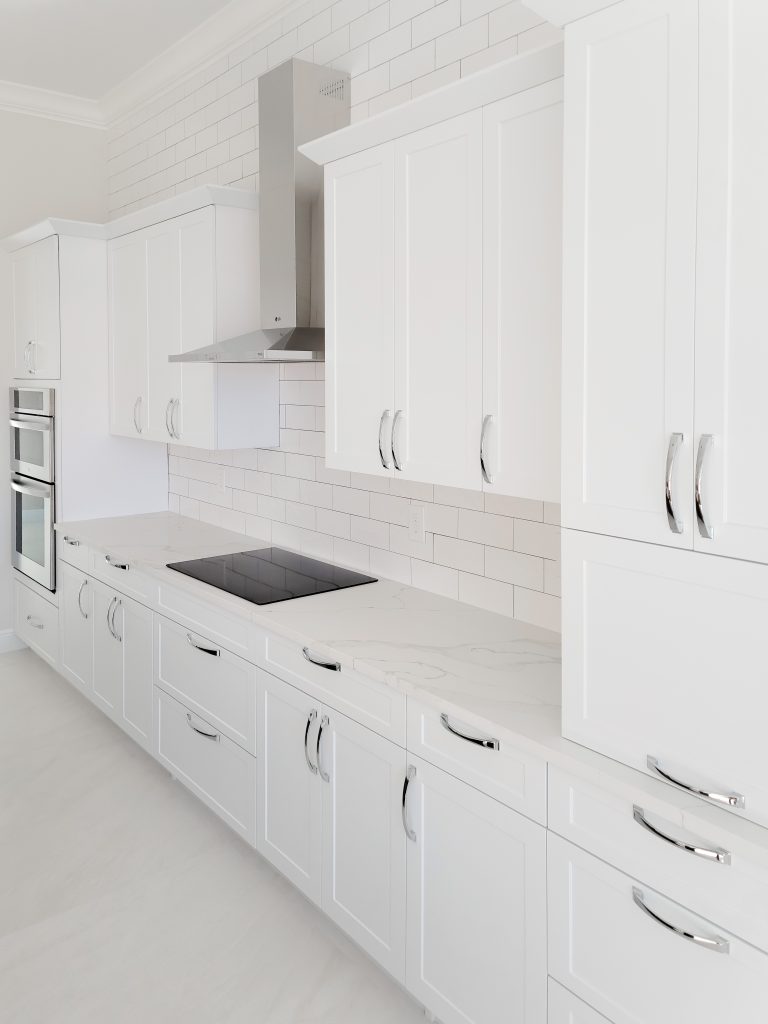
Cons
- Potential Cost Increase
Frameless cabinets can be slightly more expensive than their framed counterparts. This is due to the need for thicker, structurally sound cabinet boxes (¾ inch vs. ½ inch for framed) and the use of specialized concealed hinges.
While the price difference might not be significant, it’s a factor to consider within your overall budget.
- Demanding Installation
The lack of a face frame in frameless cabinets necessitates a more precise installation. Since there’s no face frame to hide minor misalignments, meticulous attention to detail is crucial to ensure a flawless, visually appealing final product.
This might make frameless cabinets less ideal for DIY projects and could require hiring a skilled professional for installation.
Other Considerations
- Door Overlays
Framed cabinets allow for partial overlay or inset doors. Frameless cabinets are designed for full overlay doors, where the door entirely covers the cabinet box.
- Durability
Both framed and frameless cabinets can be exceptionally durable when made with quality materials and construction.
- Customization
Although framed cabinets offer greater stylistic flexibility in terms of door styles, frameless cabinets provide more options for internal hardware and organization solutions.
Final Thoughts
Ultimately, the choice between framed and frameless cabinetry comes down to a blend of individual preferences and practical considerations. At Carr Cabinets, we aren’t just cabinetry installers, we are professional designers. If you are in the Port St. Lucie, FL or surrounding areas, feel free to contact us to schedule an appointment in our showroom so we can review your tastes, your goals and together come up with design ideas for your home remodeling project.
If an abundance of classic style choices, a hint of DIY flexibility, and a slightly friendlier price point tick your boxes, framed cabinetry might be your ideal solution.
On the other hand, if maximizing every inch of storage space, achieving an ultra-modern aesthetic, and embracing sleek functionality are your priorities, then frameless cabinets could be your perfect match.
Remember, regardless of construction style, investing in superior craftsmanship and quality materials will ensure that your cabinetry becomes a long-lasting and beloved centerpiece of your home. So, in the battle of framed or frameless cabinets, which style will you choose to transform your home?
Thinking of revamping your kitchen with beautiful cabinetry? Look no further than Carr Cabinets. We offer a diverse selection of expertly crafted framed and frameless styles to transform your culinary haven. Explore the Frameless and Framed Cabinetry options we have available and discover the perfect fit for your dream kitchen!


